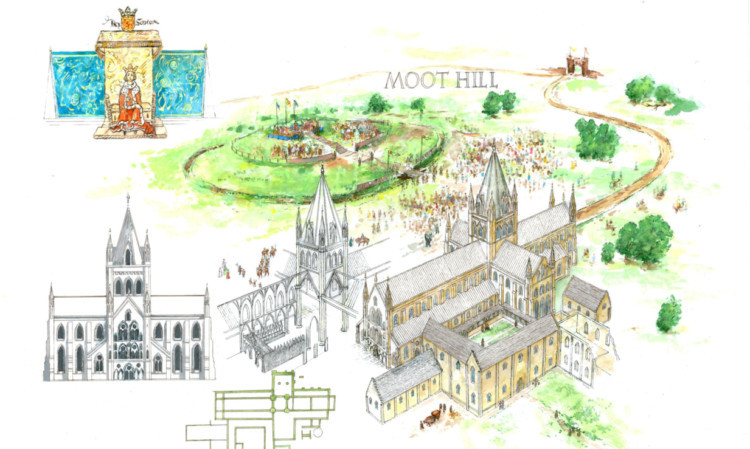For six centuries Scone was the symbolic epicentre of the Scottish state.
It was where Scotland’s kings were crowned and where its political elite gathered to legislate and advise their monarch.
Over the years, its status has decreased but an exciting new project aims to help the public learn more about the importance it once held.
A team of researchers, led by Stirling University, has been developing a programme of events to reveal what Scone was like in medieval times.
Working in partnership with Scone Palace, they hope to develop awareness of Scone’s cultural, historic and symbolic significance.
To that end, a free event will be held in Perth on Sunday, at which a number of experts will share their knowledge.
“Despite Scone’s importance in Scottish identity and Scotland’s history, there is currently limited understanding of the site and the nature of the activities undertaken there,” said Professor Richard Oram, who is the project leader and professor of environmental and medieval history at Stirling University.
“Our new project, entitled Royal Scone: parliament, inauguration and national symbol, will assemble a network of researchers in archaeology, architectural history, legal and political history including representatives from Historic Scotland to develop a wider and more accurate picture of what royal Scone was like.
“Our public event will also gather together heritage management professionals, artists, writers and designers to help tell the story of Scone in a variety of exciting ways.”
Highlights include a session by Dr Oliver O’Grady, from Glasgow University’s Centre for Open Studies, on new findings from the archaeological investigations at Scone.
There will also be a demonstration by Dr Alan Miller, from St Andrews University, to show how 3D digital technology can be used to recreate ancient sites like Scone, as well as an exhibition by artist James Lindsay, whose illustrated reconstructions of Scone Abbey and Moothill reveal what life was like in the medieval period.
Dr O’Grady said: “This project is a great opportunity to cut through all the myths surrounding Scone. We really want the community to get involved, to tell us their stories and memories about Scone and work with our expert interpretation team to articulate Scone’s heritage for future generations.”
The event will be held in the AK Bell Library between 10am and 4pm on Sunday.
